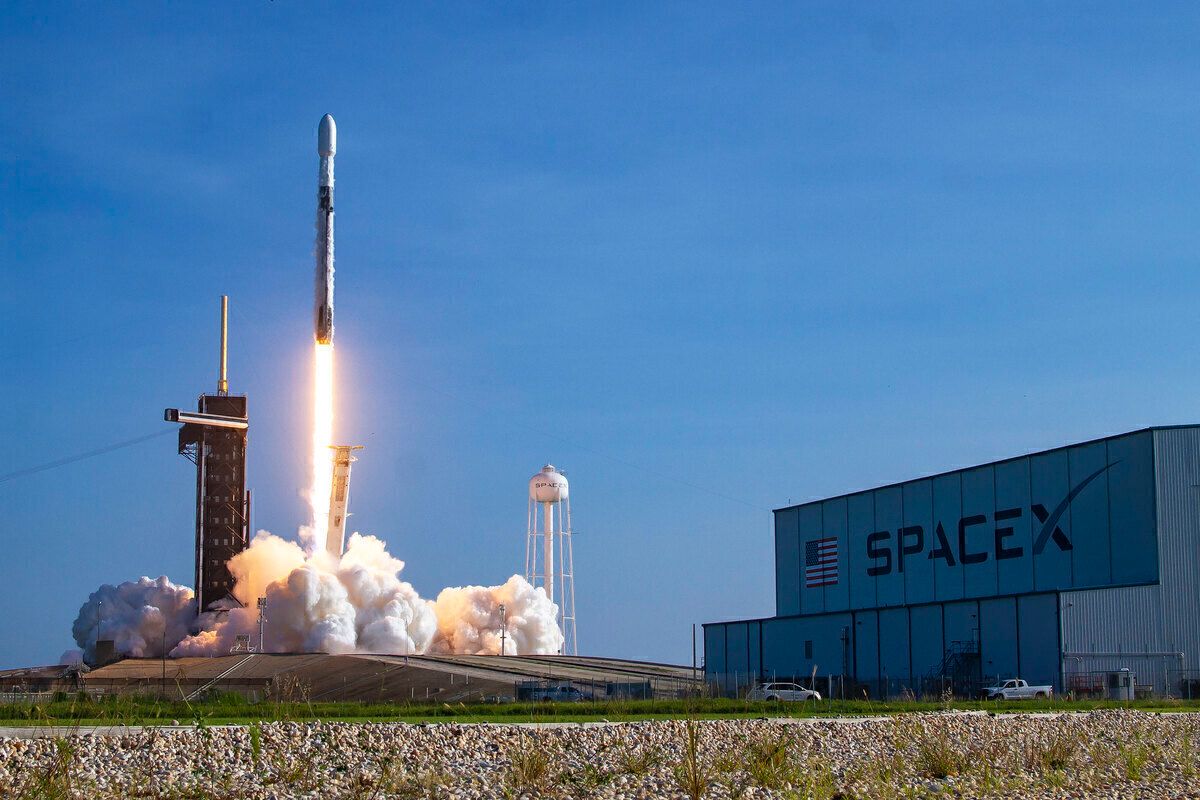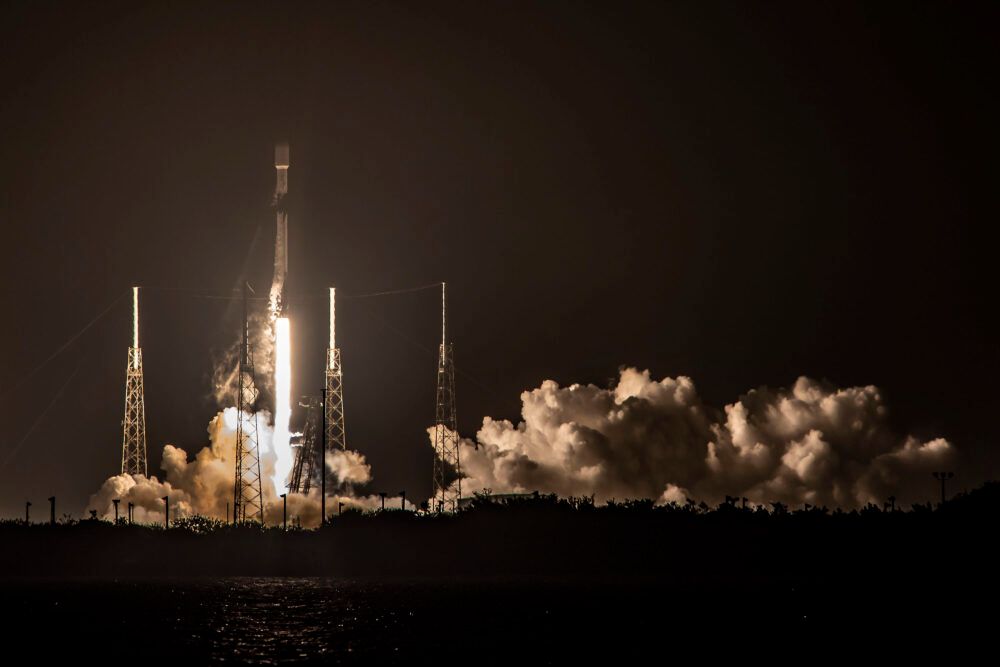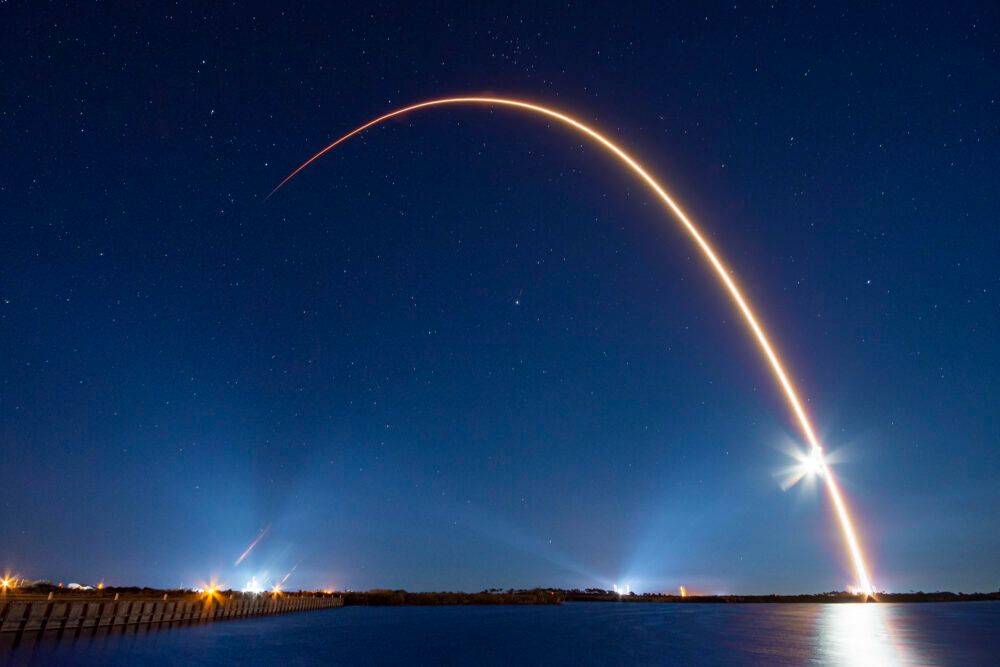SpaceX is seeking to connect its growing low-Earth orbit (LEO) constellation, known as Starlink, to moving vehicles, including aircraft. An application to the Federal Communications Commission (FCC) shows that the company intends to serve everything from maritime to aviation, as well as homes and businesses.
SpaceX targets inflight connectivity
While we’ve all been following the growing constellation of Starlink from SpaceX, it was not until recently that the company confirmed it was planning to deploy the service to moving vehicles as well as homes and businesses. On March 8th, in a filing to the Federal Communications Commission (FCC), the company has asked for permission to work on connecting Earth Stations in Motion (“ESIMsâ€).
These could include trucks, ships, and, of course, aircraft. The FCC application states that,
“SpaceX Services seeks a blanket license authorizing operation of such end-user earth stations for deployment as Vehicle-Mounted Earth Stations (“VMESsâ€), Earth Stations on Vessels (“ESVsâ€), and Earth Stations Aboard Aircraft (“ESAAsâ€).â€
While there’s likely to be some way to go before Starlink is an option for commercial aviation, it’s a positive sign that this is part of the roadmap for the project. The LEO constellation’s close proximity to Earth would allow for faster speeds and greater capacity while in flight, along with lower latency. The filing continued,
“No longer are users willing to forego connectivity while on the move, whether driving a truck across the country, moving a freighter from Europe to a U.S. port or while on a domestic or international flight. To help meet this demand, SpaceX has deployed an innovative, cost-effective, and spectrum-efficient satellite system capable of delivering robust broadband service to customers around the world, particularly in unserved and underserved areas.â€
To date, Starlink has more than 1,200 satellites in its constellation, and the company continues to add more capacity to the fleet. Since it launched its beta testing for its ‘Better Than Nothing’ program, over 10,000 users in the US, Canada, UK, Germany and New Zealand have signed up for the $99 a month service.
Testing with the Air Force
While no commercial aircraft currently have the ability to connect to Starlink, the company is keen to prove its technology in flight. In partnership with Ball Aerospace, SpaceX is preparing to deploy the system in a demonstration for the US Air Force,
In a separate filing to the FCC, SpaceX said,
“An antenna terminal will be integrated onto one aircraft. SpaceX is designing a custom installation kit consisting of mechanical plates for the low-profile antennas and a fairing to reduce wind drag in order to limit the impact to the aircraft for this installation.â€
The timeline for the testing is not entirely clear, but the company has said it anticipates tests will take around four to six months in total.
Although testing on tactical aircraft is still a way away from commercial aircraft, the fact that an antenna will be explored for this purpose gives hope to things moving in the right direction. Last November, SpaceX applied to the FCC to test its network aboard a Gulfstream private jet; this is likely to be the next stage in the process.
This article is brought to you by Simple Flying Connectivity, a category on Simple Flying dedicated to inflight connectivity. Click here to read all of our inflight connectivity content.




